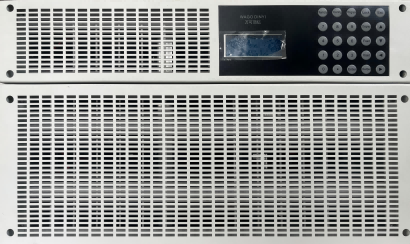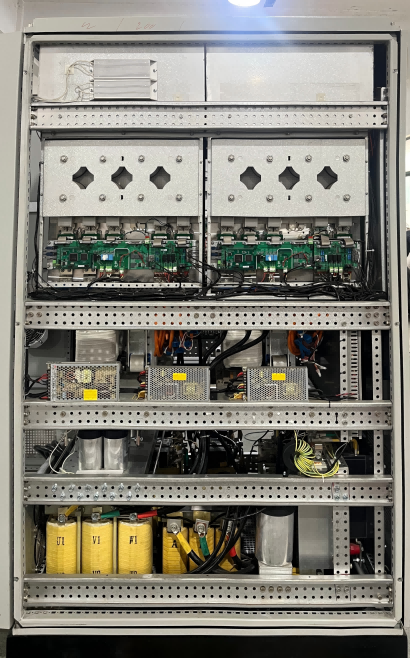programmable ac source
A programmable AC source is a sophisticated power supply instrument that generates precise alternating current with controllable parameters. This versatile device enables users to simulate various power conditions, test equipment performance, and conduct comprehensive power analysis. Modern programmable AC sources feature advanced digital control systems that allow for precise regulation of voltage, frequency, and waveform characteristics. These instruments typically operate across a wide frequency range, from DC to 1000Hz or higher, making them invaluable for testing equipment designed for different global power standards. The device incorporates multiple protection mechanisms, including overcurrent, overvoltage, and overtemperature safeguards, ensuring both equipment and operator safety. With integrated measurement capabilities, these sources can monitor and analyze output parameters in real-time, providing valuable data for quality control and compliance testing. Applications span numerous industries, including electronics manufacturing, aerospace, automotive, and research laboratories, where precise power simulation and testing are critical. The ability to program complex test sequences, store multiple configurations, and interface with automated test systems makes these instruments essential for modern testing environments.




